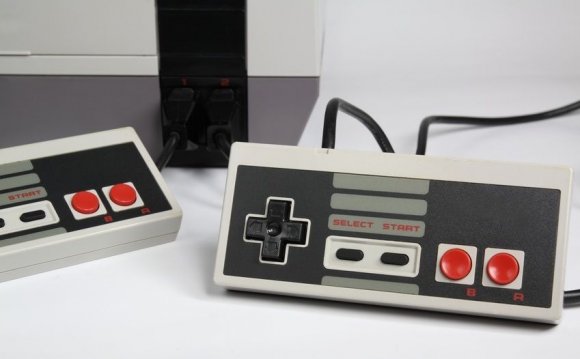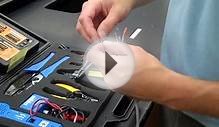
A key component in wired home networks is — wires! More correctly, cables. Twisted-pair Ethernet cable is the most common type of home network wiring used today (and for the foreseeable future). Twisted-pair Ethernet cables are used to connect:
- DSL/cable routers or modems to computers
- DSL/cable routers or modems to wireless access points
- DSL/cable routers or modems to hubs or switches
- Computers to hubs or switches
- Computers to other computers
- Other devices (such as network printers) to computers, hubs, or switches
What’s the difference between a wire and a cable? A wire is a single conductor (typically copper) that may be solid or stranded. Two or more insulated wires grouped together in a sleeve or jacket (typically plastic) form a cable. (If each wire is not insulated, then it is technically still a wire.)
When purchasing network cables, you will most likely need Cat5e (or Cat6), UTP straight-through Ethernet cables with RJ-45 connectors. (RJ stands for registered jack.)
Twisted pairs and RJ-45 connectors
Twisted-pair Ethernet cables consist of eight copper insulated wires in a plastic sleeve. Two wires are twisted together in a pair for a total of four pairs, and then the four pairs are twisted together to form the cable. The twists and pairs affect certain performance characteristics of the cable, such as crosstalk, attenuation, and electromagnetic interference (EMI).
Crosstalk occurs when an electrical signal transmitted over one wire negatively affects the electrical signal transmitted over another wire. Attenuation is the gradual loss of intensity of an electrical signal as it travels over the wire. EMI is noise (unwanted electrical signals) that is generated between the wires by the various electrical signals that are transmitted.
A clear plastic jack, known as an RJ-45 connector).

Twisted-pair Ethernet cable with RJ-45 connectors.
Twisted-pair Ethernet cabling is commonly referred to as simply Ethernet, Cat5, or UTP cable. Technically, Ethernet is a wiring and signaling standard that covers many types of cabling technologies; Cat5 is one category of several available categories; and UTP is one of two possible types. However, these terms are commonly understood to refer to twisted-pair Ethernet cabling.
Categories of twisted-pair cables
There are several categories of twisted-pair cabling, but only three that are commonly used for Ethernet networks: Category 5 (Cat5), Category 5e (Cat5e, or Cat5 Enhanced), and Category 6 (Cat6). The performance characteristics of Cat5, Cat5e, and Cat6 are as follows:
- Cat5: Supports speeds up to 100 Mbps at 100 MHz, with a maximum cable length of 328 feet (100 meters).
- Cat 5e: Supports speeds up to 1, 000 Mbps (or 1 Gbps) at 100 MHz, with a maximum cable length of 328 feet (100 meters).
- Cat6: Supports speeds up to 1, 000 Mbps (or 1 Gbps) at 250 MHz, with a maximum cable length of 295 feet (90 meters).
Unshielded versus shielded cables
Twisted-pair Ethernet cabling can also be unshielded (common) or shielded (not so common). Unshielded twisted-pair (UTP) cabling is used in both large enterprise networks and small home networks. It is relatively inexpensive and much more flexible than shielded twisted-pair (STP) cabling.
STP cabling is more expensive and less pliable than UTP cabling. It is used in industrial environments and other noisy environments that are prone to high electromagnetic interference (EMI). The individual pairs of wires in STP cables are wrapped in foil or other metal shielding, and an outer metal shielding may also cover the entire group of twisted pairs (beneath the outer sleeve).
YOU MIGHT ALSO LIKE












